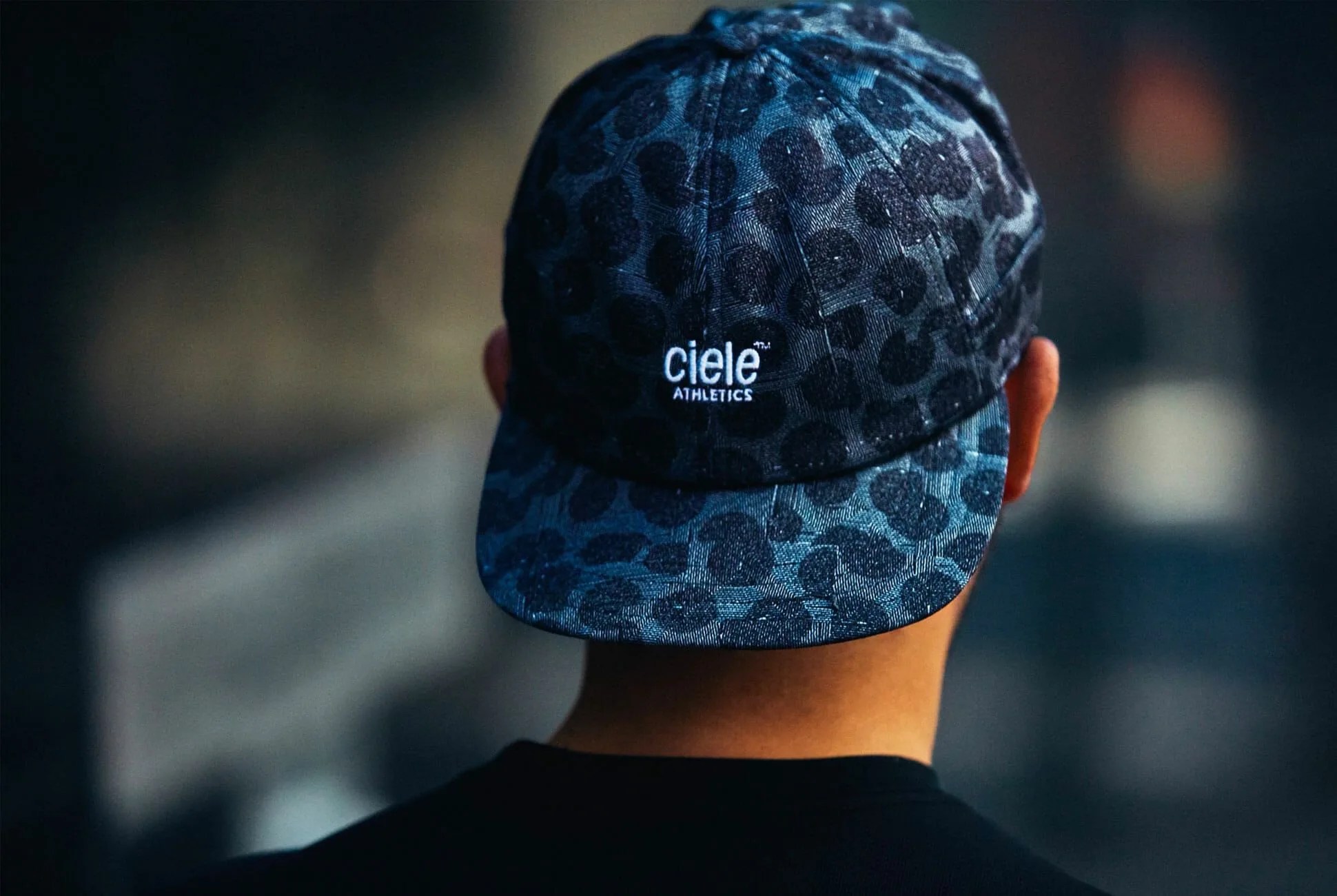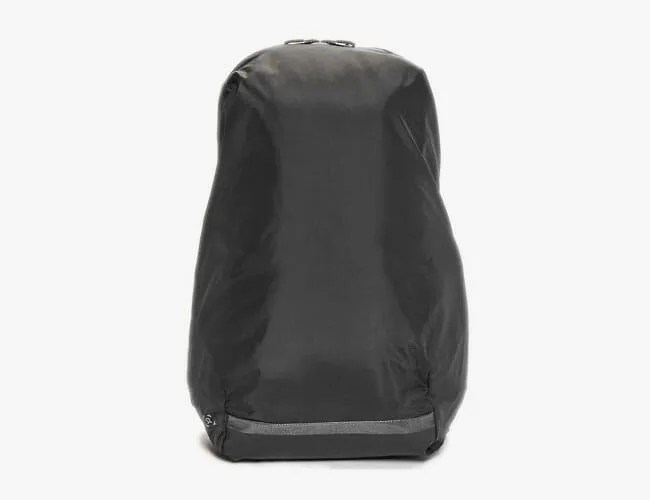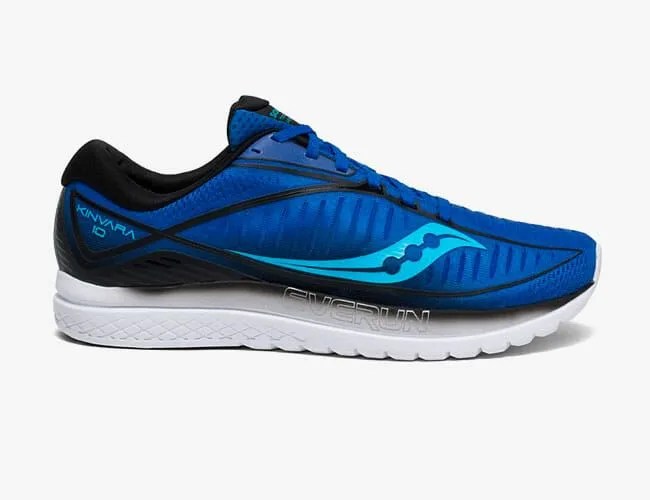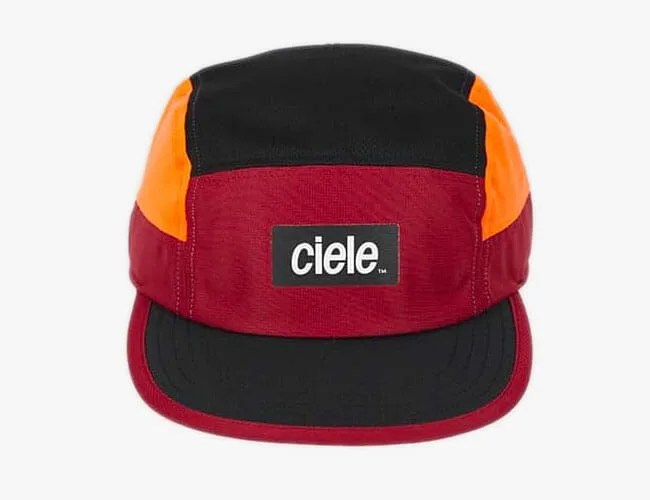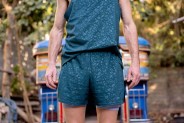Editor’s note: This interview was originally published in June of 2019. With running being such a hot topic lately — studies have shown running activity has actually increased since the pandemic began — we decided to resurface a fun, inspiring window into one of the space’s most dynamic brands. Links for recommended products have been updated, with some now available at considerable discounts.
Back in August of 2014, Jeremy Bresnen and Mike Giles dropped the line that would change the way the running world thinks about hats. Years later, we chatted with Bresnen to learn more about the company’s roots, his running history and how the team took hats from everyone’s afterthought to the reason we run. Plus, we found out what essential running pieces Bresnen — a veteran of Burton and Canadian skiwear brand Mirage — currently adores.
Q: When you guys started, what did you feel was missing from the hat world?
A: A hat that I wanted to wear. There were two things: Nobody was paying any attention to those technical running caps from any of the major brands. They were taking existing fabric and not thinking it through. I wanted something comfortable, packable and breathable. Probably like 90 percent of the caps on the market are made out of a woven fabric. If you were lucky, they put a little mesh window on each side to [help] with evaporation. And then, our foam band, which makes for a more comfortable hat over short distances, [and] long distances. And then, the advantage that you can pack it away in a pocket if you don’t want to be wearing the hat at all. I believed we could do something better technically. The background that I come from is technical clothing designs, more on the outerwear side of things.
Q: Did you launch with just one style?
A: We launched with the GOCap in nine colors… seven colors… no, nine colors. And I think our total order from the factory was like 1,400 hats. It was a really small start. [Now,] we have four deliveries a year, so it’s about 65-75 new skus every year that come out.
Q: Did you guys sell out right away?
A: No, it took a while. In 2014, we sold a total of about 600 hats. It certainly wasn’t instant. We had this feeling that people were embracing it, as small as it was. People were getting excited about it on social media. And the stores that had it, there weren’t a lot, but they were excited about it. They were doing better than they expected to do with it. Headwear was largely ignored, right? It’s never been a category that is considered something that you can do really, really well with. And now, some of those retailers that we started with are doing really, really well with it. So, it’s fun.
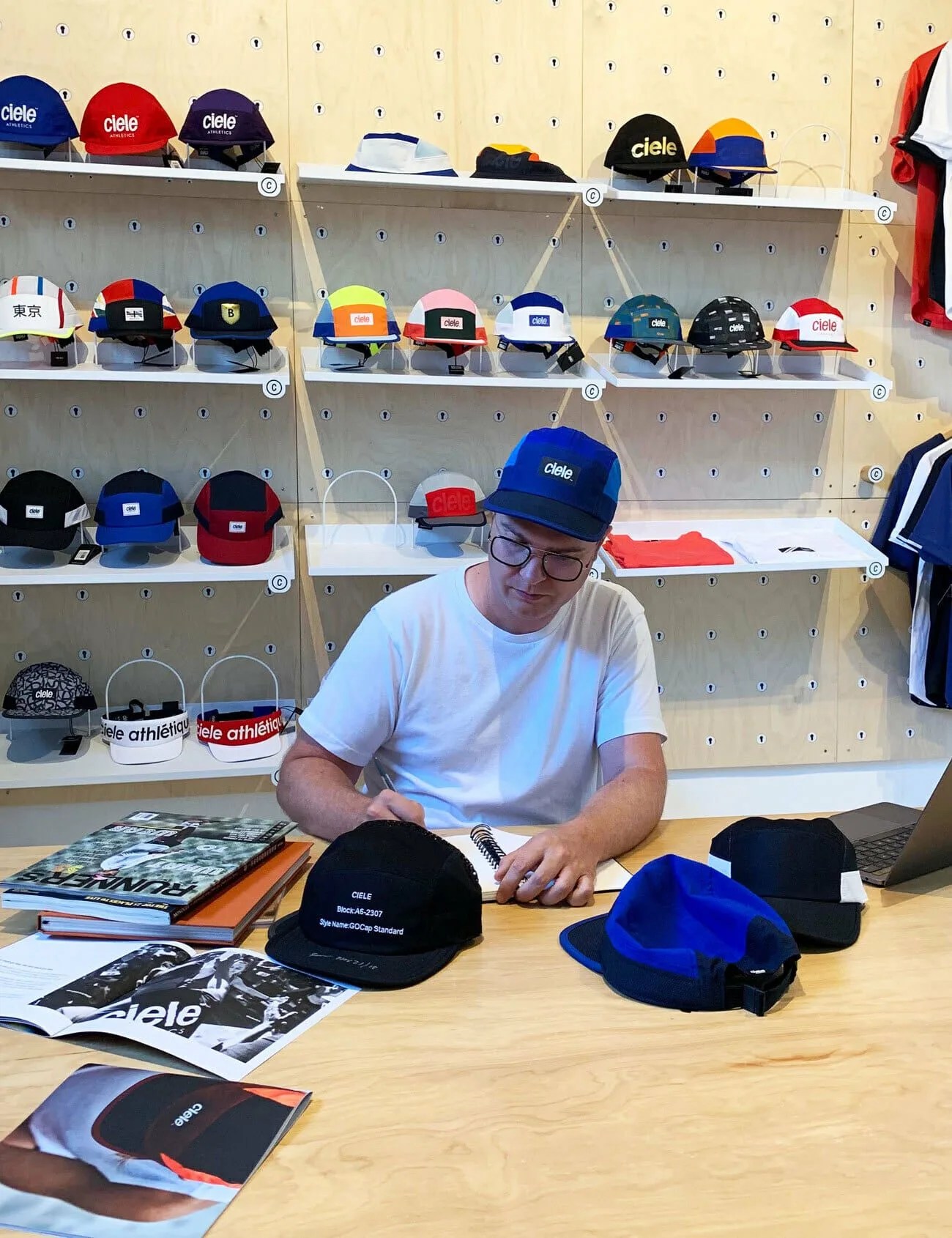
Q: Was there a defining moment when you feel people got it?
A: We say baby steps all the time. Very early on, from an Instagram standpoint, which is where most of our communication happens, we could see the right people were picking it up. It’s connecting to a wide variety of the right people, meaning that guy’s a graphic artist who’s done work for all the major brands and a ton of streetwear brands that we respect. And I didn’t know he runs, but he clearly runs. Instagram allows for that. You see people post a photo and they tag you in it. So, I wouldn’t say there was any one thing. I think it wasn’t until year two that it felt like, OK, this is going to go.
